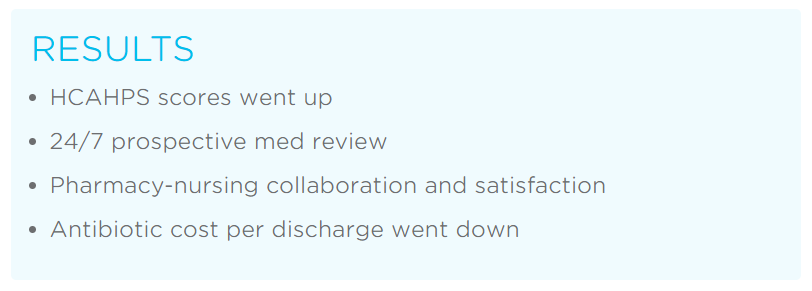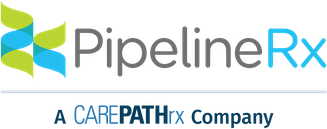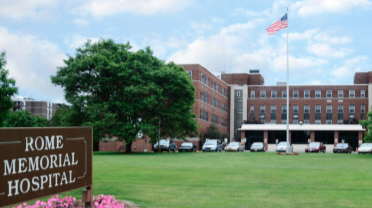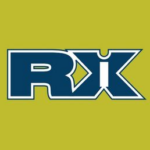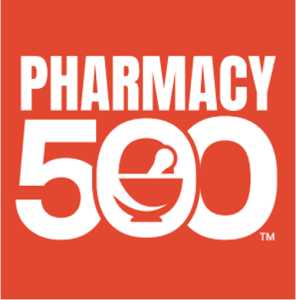Can Pharmacy Process Improvements Get You Closer to Patients?
An inside look at how one hospital changed the status quo
Rome Memorial Hospital | Rome, New York

A hometown native, Scott Burns returned to Rome to join Rome Memorial Hospital in 2007, first as a staff pharmacist; and within a year he accepted the challenge to serve as Director of Pharmacy. Since then, he’s pushed the boundaries to create lasting change for Rome Memorial Hospital that can be summarized in a few words – the more you simplify your process, the more time you’ll have with patients.
Learn how Rome Memorial Hospital used telepharmacy to:
-Cover the night shift to provide prospective 24/7 medication order review
-Provide spot coverage for staff meetings to ensure full engagement
-Adopt PipelineRx’s telepharmacy platform for inhouse staff for better consistency and to replace Pyxis Connect
-Improve pharmacy-nursing collaboration and partner with clinical staff
-Free up staff to expand clinical services and improve patient care
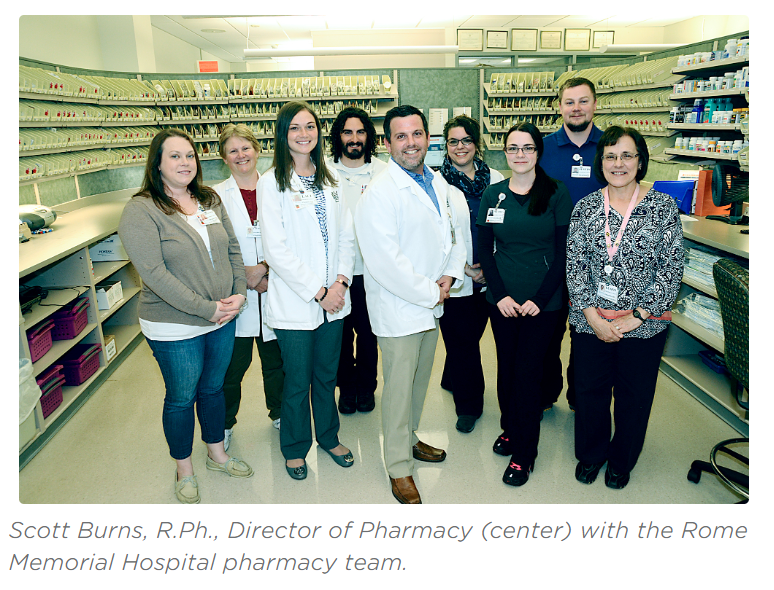
EMR implementation reveals gaps: the challenge
In 2011, Rome Memorial Hospital implemented an electronic medical record, which required around-the-clock pharmacy review, but their pharmacy was only open during daytime hours. The most obvious answer was to add staff to the team to cover the after-hours shift. However, an analysis of the order volume data revealed that this wasn’t a cost-effective option.
Thinking outside the hospital
At the time, telemedicine was just starting to take foot in the US, and Scott was familiar with the capabilities of teleradiology, so he decided to research telepharmacy as a solution.
“It was a tough job,” said Scott. “We were methodical about all of the implications. If we were going to do this, operations had to be seamless. Whether down the hall or outside the building, the experience for the clinical staff had to be the same.”
The process raised several questions. How would remote pharmacists communicate with Rome’s team and the clinical staff? Would telepharmacists follow their policies as rigorously as they did? How would they liaise with clinical staff and would physicians have confidence in them?

Innovations uncover new opportunities: the solution
Step 1: Extending the team
Scott and team soon got the answers to their questions. Even though telepharmacy was still in its early stages, they discovered that PipelineRx was already serving several hospitals and able to demonstrate the results of their offering. Their approach to telepharmacy was founded on best practices of seasoned clinical pharmacists, individuals who were intimately familiar with the workflows and nuances of the hospital environment.
“PipelineRx was more leading-edge,” said Scott. “Not only were they set up for HIPAA compliance, but they were clearly experienced with the day- to-day operations of hospital pharmacy.”
Choosing to partner with PipelineRx, Rome Memorial Hospital had the solution they needed for around-the-clock coverage. The PipelineRx pharmacists soon became an extension of the onsite team and provided valuable insights into solutions other hospitals had discovered.
Step 2: Leveraging technology to ease workflow
The partnership soon revealed new opportunities for process efficiencies. PipelineRx used a single work queue platform that enabled volume order management for their many, diverse clients. This well-organized and efficient system sparked ideas about what this could do for the Rome Memorial Hospital pharmacy.
At this time, the pharmacy was using Pyxis Connect to manage non- electronic orders. While Rome Memorial Hospital is aiming for 100% CPOE, there are always exceptions, such as when an order is taken over the phone or discontinued. However, the screen scrape process for Pyxis Connect was creating duplicate orders: one copy being sent to PipelineRx and another provided locally so it could be entered in the system, among other shortcomings.
The cloud-based platform available from PipelineRx was already interoperable with their EMR through the telepharmacy service. Not only would it make order management easier, it would provide real-time insights on order volume and interventions. Additionally, there was no hardware to buy or maintain. After further investigation, Scott decided to make the move to the PowerGridRxTM Essentials software. However, as with many changes, there was some education needed to bring the staff onboard and learn a new process and technology.

Workflow improvement was only the beginning: the results
The promised payoff was realized through both immediate and long- term results. Once implementation was completed, medication order management and verification turnaround improved. The cloud-based system removed the necessity for hardware and the assignment of super users, all of which took valuable time from the team. Scott enjoys fast responses from the PipelineRx team and easy-to-use guides that are continually updated. This made new pharmacist onboarding much easier too.
“This was a product that spoke for itself,” said Scott. “Not only did it serve all our needs, but we were able to streamline processes for nursing as well since we now used the same platform as our telepharmacy.”
Strengthening pharmacy-nursing collaboration
With pharmacy processes streamlined, Scott could now exercise the opportunity to strengthen collaboration between pharmacy and nursing. A change in senior administration reporting structure further supported this strategy. Goals were aligned, and within six months they realized significant communication improvements that were later proven in increased HCAHPS scores.
In 2016, the pharmacy was decentralized and pharmacists partnered with the clinical staff. This combined effort further supported the clinical staff to improve efficiencies in care and cost, and ultimately improve safety.
“By successfully teaming up with the clinical staff, we’ve seen a significant decrease in calls,” Scott reported. “We are working together on renal orders, removing pharmacy workload from the clinical staff, and looking at ways we can improve on medication reconciliation. By doing so, our patients spend less time waiting and are receiving a higher level of comprehensive care.”
Expanding clinical programs
The team continues to expand other clinical programs. Enhancements to antimicrobial stewardship uncovered more ways they could improve documentation and prescribing, as well as reduce cost-per-discharge. Additionally, they’ve opened a contract pharmacy to support a reduction in readmissions through patient medication adherence post discharge.
Most recently, Scott leveraged the on-demand telepharmacy option so he could facilitate uninterrupted, twice monthly meetings with the full pharmacy team. The guaranteed time has allowed for meaningful discussions and ensures staff are fully informed.
